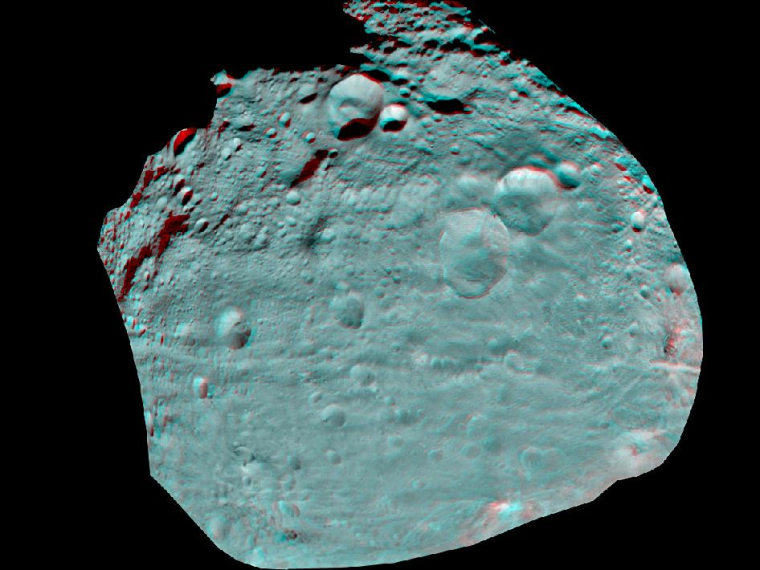NASA's Dawn spacecraft, which arrived in orbit around the asteroid Vesta last month, has officially begun its yearlong mission to spy on the giant space rock.
The probe began studying Vesta from orbit on Aug. 11, beginning the first of four planned study phases to be conducted from different orbits around the space rock. The Dawn spacecraft is the first to visit an asteroid in the asteroid belt between Mars and Jupiter, which Vesta and many other space rocks call home.
NASA launched the $466 million Dawn spacecraft in September 2007. It arrived at Vesta in July 2011 and will spend a year circling the asteroid before moving on to the even larger asteroid Ceres, where it will arrive in 2015.
Dawn's first orbit around Vesta is called the survey orbit, and is the highest orbit, at roughly 1,700 miles above the surface of the rock. The survey will provide a big picture perspective of the giant asteroid.
The primary objective of survey orbit is to image the surface with near-global coverage in visible and infrared (VIR) wavelengths with the mapping spectrometer.
Dawn also will be using its framing camera to collect image mosaics that complement the VIR spectral data to produce geologic and compositional maps of Vesta's surface.
Ultrasensitive measurements of the spacecraft’s motion using radio signals will allow improved understanding of the giant asteroid's gravity field. Dawn's gamma ray and neutron detector will continue to collect background data, according to a NASA description.
Dawn's survey phase around Vesta is planned to last 20 days. Each orbit takes almost three days, which will provide the spacecraft seven trips around Vesta.
After the survey orbit, Dawn will use its thrusters to spiral down gently to its next science orbit for an even closer view.
That orbit, known as High Altitude Mapping Orbit, begins in late September. Dawn will spend about a month in this position, circling around Vesta in half a day, rather than three.
Dawn will orbit Vesta more than 60 times during its High Altitude Mapping Orbit, allowing the camera to fully map the illuminated portion of Vesta at even higher resolution, and enable the science team to generate stereo images.
Follow Space.com for the latest in space science and exploration news on Twitter and on .
